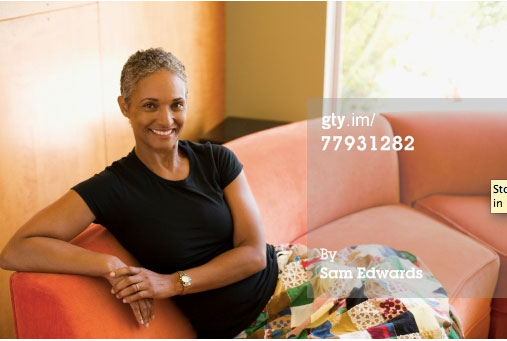Are we getting better at listening to each other online? The increased polarization of our political sphere may suggest that answer is “no”, but there are some pretty good examples out there of businesses and non-profits listening to the feedback they receive and actually responding.
Take the Lean In Collection on Getty Images, which launched this February with 2,500 images that “represent women and families in more empowering ways”. Rhizome’s Michael Connor complained that there weren’t any images of day care, and The Toast’s Stassa Edwards complained about the number of African women in “native” environments. Each wanted to move beyond essays of women eating salad. Since the time of the original release, over 1,000 images have been added to this collection. Neither issue seems to exist any more.
Of course, in the case of Connor’s complaint, there was some question whether singling out day care as an issue at the expense of lauding the effort was fair to begin with. “This is the crux of the take on the images: “but mostly they’re fine.” wrote Rachel Sklar, “Oh gee thanks for the tepid approval of 2,500 images showing diverse women in diverse situations of strength and power! It seems the sole critique is that there are no photos showing a child with a nanny, or a parent and child with a nanny, or a babysitter. I am not sure exactly what is expected here.” Sklar also took issue with the fact that no attempt was made to determine whether there was a market for these images.
On the comment thread Connor conceded that the post was a failure if what they took away was that his core complaint was that Lean In didn’t offer a broad enough representation of faces. The issue, as he sees it, is that Neoliberalism is bad for women. Connor didn’t expand on that, but I took his comment to mean that when we let the market determine what a woman’s identity looks like, we shouldn’t be surprised when the picture we’re given doesn’t fully reflect who we are.
I’m inclined to agree with this, though obviously it’s not the job of Lean In to fix stock photography (not that Connor was suggest that).The medium has its own set of issues that extend beyond mere curation; the entire genre relies heavily on staging, for example, which can be a particular problem when it comes to representing confidence. “To have composure is to be one’s own mirror”, wrote Martha Wilson in an artist statement about a series of photographic self portraits made to articulate different facets of female identity. In that series, she found that the expressions she made without the help of a mirror better expressed her emotional state than when she was attempting do so with the aid of a mirror. In other words, we project more calmness, more control, and more self-confidence when we aren’t miming out whatever we think that looks like.
That’s not to dismiss the value of the Lean In collection. “You can’t be what you can’t see,” LeanIn.org Contributing Editor Jessica Bennett told Mashable, “so if women and girls are not seeing images of powerful women and girls who are leaders, then they may not aspire to become that.” That problem extends to all kinds of mediums ranging from conferences to simply the number of women whose opinions are quoted in major magazines. There’s no easy fix, but the fact so many people online are talking to one another and actually listening seems promising.



Comments on this entry are closed.